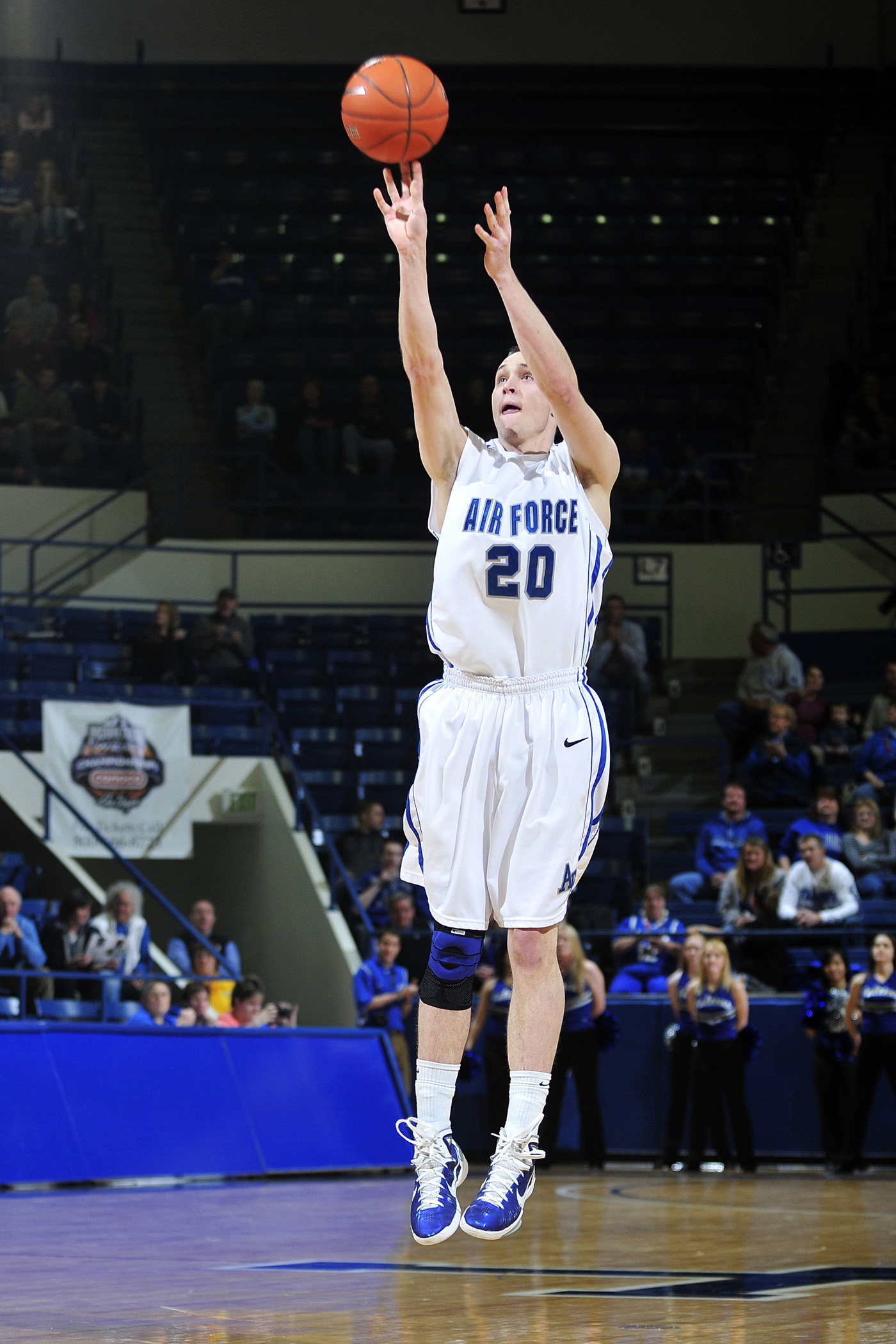Power, the ability to generate force quickly, is important to every sport. As a result, it’s something that coaches focus on with the training of their athletes. The approaches to the training of power are pretty broad, from using slow strength training all the way to performing plyometrics and everything in-between. Regardless of the approach used, the vertical jump is one of the most frequently used tests to evaluate an athlete’s power.
Teo et al, in the Journal of Strength and Conditioning Research, compared two of the more popular methods of power training, Olympic-style weightlifting and plyometric training. The argument for each is that the Olympic lifts are very similar to the vertical jump and involve generating power against resistance. On the other hand, plyometrics are about as specific to the vertical jump as you can get.
To study this, the authors had two groups of recreationally trained men as subjects. Both groups trained three times a week over six weeks. The first group was focused around Olympic lifting (WL). This group performed hang power cleans, power snatches, and half squats with 6-RM as their training program. The second group was focused around vertical jump (VJ) training. This group performed double leg jumps with 30% of 1-RM, depth jumps, and half squats with 6-RM as their training program.
Results:
The table below shows the percentage increase in performance after six weeks of training for the weightlifting group and the vertical jump group. The three jumps are in terms of peak power, the sprints and agility tests are in terms of how quickly they ran the test.
| WL | VJ | |
| Countermovement Jump | 0.104949323 | 0.057791837 |
| Squat Jump | 0.1273314 | 0.072660779 |
| Depth Jump | 0.047214641 | 0.078834134 |
| 20m Sprint | 0.017682927 | 0.030094044 |
| 0-5m Sprint | 0.057017544 | 0.070984916 |
| 10-20m Sprint | 0.005809731 | 0.000758725 |
| 5-0-5 COD | 0.027572016 | 0.033609959 |
The weightlifting group improved the most on the countermovement jumps and squat jumps, but this was not a statistically significant difference. The vertical jump group improved the most on the majority of the sprints and the agility test, but again this was not a statistically significant difference.
At the very least one can look at the results of this study and conclude that both training methods are equivalent in short-term power development. Now, I have some thoughts about these results.
First, one needs to keep in mind that these are not trained athletes. This is a really important distinction because the results of this training study may not apply to a coach’s situation. This is because trained athletes have a training history, have more training adaptations than recreational individuals, and are therefore going to respond totally differently. For example, 8-12 sets of the Olympic lifts in a training session might not be enough to get a training effect for a trained athlete.
Second, I really like the inclusion of the half squat in the training program. I think that there is a level of strength that athletes need to be explosive and this exercise is really essential to developing that.
Third, there wasn’t a great deal of variety in this training program for either group. This isn’t going to work with a group of athletes. By this I mean that every training session, three days a week, involved the same exercises, sets, reps, and intensity schemes. Providing more variety and truly periodizing the workouts, which we have to do with our athletes, might have changed the results.
Finally, I also really like the use of the hang power clean and the power snatch, as opposed to the squat variations of the lifts in this study. The variations used are easier to teach, easier to learn, and as a result are probably easier to incorporate with a team of athletes.
Having said the above, I’m really glad someone did this study and published it. Too often if we did a type of training (for example, Olympic lifting) then we get myopia and feel that everyone should do the same training that we did. This study reminds us that we can be flexible with our programming approaches and still achieve some of the same results.
Teo, S.Y.M., Newton, M.J., Newton, R.U., Dempsey, A.R., and T.J. Fairchild. (2016). Comparing the effectiveness of a short-term vertical jump vs. weightlifting program on athletic power development. Journal of Strength and Conditioning Research, 30(10): 2741-2748.




